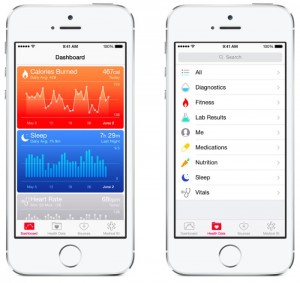Ever heard of the company Alibaba? Well… Alibaba is China’s biggest e-commerce company and after its initial public offering (IPO) in the U.S., it may even be the world’s biggest e-commerce company. The IPO was a huge success with the company raising an initial $21.8 billion. When trading ended Sept. 19, the company had a market value of $231 billion which is shockingly more than eBay and Amazon.com combined!
Nowadays, companies are turning to the internet as their main channel to reach customers. It is one of the most efficient and effective ways to reach customers and this is evident in the amount of users on Alibaba’s three sites: Taobao, Tmall, and Alibaba.com; Alibaba dominates 80% of China’s online shopping market. It has already gained a massive share of the market in China so it is now moving to the U.S. The company is making a very smart move by expanding outside it’s borders into other countries because, as it is an e-commerce company, there is not much risk involved in the move but a lot of potential rewards. One of it’s main obstacles will be competing with the established, North American big names Amazon.com and eBay. Differentiating from these websites and creating its own brand power will be difficult in the U.S. market however it has had a very successful launch into the American market thus far so it seems achievable. While their future in the U.S. market has started off right, it will be interesting to see how North American online shoppers react to this introduction of this China-based site.
Sources:
http://projects.wsj.com/alibaba/
http://www.usatoday.com/story/tech/2014/09/18/alibaba-ipo-china-internet-baidu-tencent-global-internet/15835657/
 Image: http://cdn1.appleinsider.com/HealthKit.WWDC2014.jpg
Image: http://cdn1.appleinsider.com/HealthKit.WWDC2014.jpg